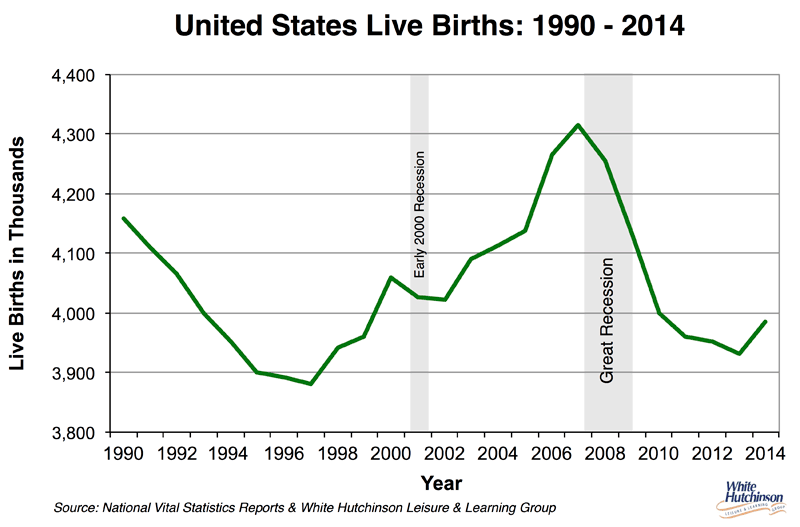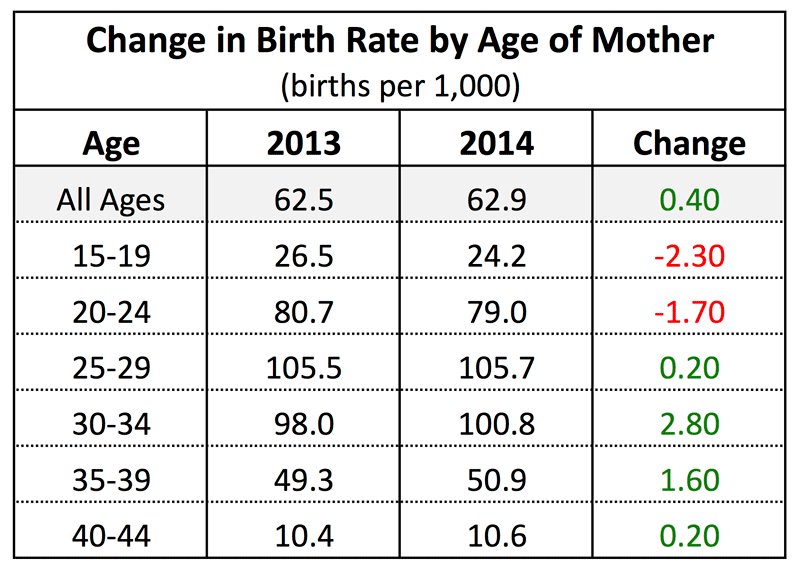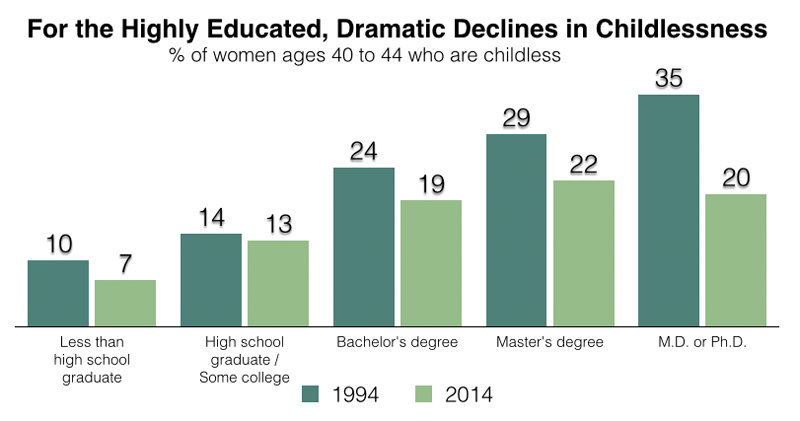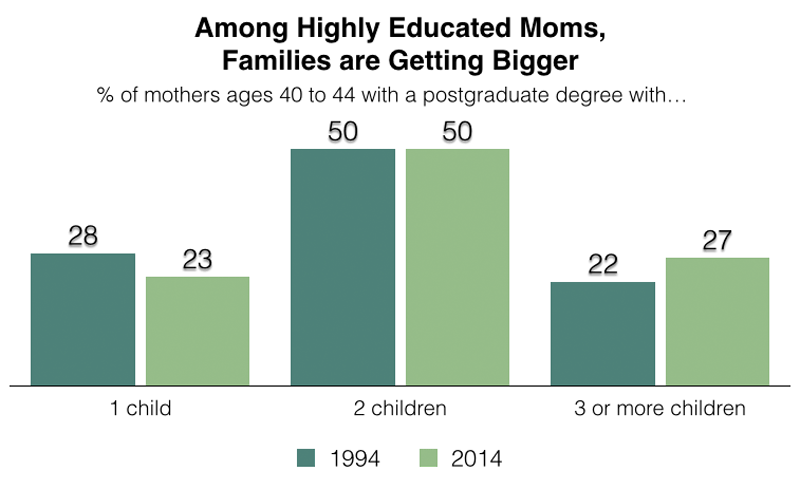
Vol. XV, No. 6, July 2015
- Editor's Travelogue
- Only 8 days left, don't miss out
- Uptick in births in 2014
- Bowling; a tale of two worlds
- The rise of young adult singledom
- Saving clients from themselves
- 90% of all new mothers are Millennials, and they have different values
- The new era of food, wine & beer festivals
- Growing your group sales
- Raising salaries can increase profits
- I want it when I want it without leaving home
- The state of family play
Uptick in births in 2014
The annual number of births in the United States increased in 2014 for the first time since 2007. 3,985,924 babies were born in 2014, 53,743 more than in 2013 - a statistically significant 1.4% increase. However, 2014 births were still 330,309, or 8% less than in 2007 even thought there has been a 5% increase in the population.

The birth rate for women of all ages has also increased to 62.9 per 1,000 women in 2014, up from 62.5 in 2013. This was the first increase in the fertility rate since 2007. However, the birth rate dropped for teenagers and women in their early twenties to new historic lows while it is increasing for women 25-44, with the highest increases occurring for women in their thirties where births are also rising. Many of these women are having their first child after years of delay.

Births increased in 2014 only because older women are playing catch up. The baby bust may have hit bottom, but at the bottom is where it remains.
There is some good new though, even if the baby bust continues. Pew Research Center reports more mothers are highly educated. Today, 78% of women ages 40 to 44 with a masters degree or higher have children - up from 70% in 1994. The increase is particularly dramatic among women with an M.D. or Ph.D. - 65% had children in 1994, while today the share stands at 80%.

Not only are highly educated women more likely to have children these days, they are also having bigger families than in the past. Among women with at least a masters degree, 60% have had two or more children, up from 51% in 1994. The share with two children has risen 4 percentage points, while the share with three or more has risen 6 percentage points.

This is good news for FECs and other types of LBEs. It means a larger share of children come from families with higher incomes, and thus have the discretionary incomes to visit entertainment venues.
Additional reading:
Vol. XV, No. 6, July 2015
- Editor's Travelogue
- Only 8 days left, don't miss out
- Uptick in births in 2014
- Bowling; a tale of two worlds
- The rise of young adult singledom
- Saving clients from themselves
- 90% of all new mothers are Millennials, and they have different values
- The new era of food, wine & beer festivals
- Growing your group sales
- Raising salaries can increase profits
- I want it when I want it without leaving home
- The state of family play


